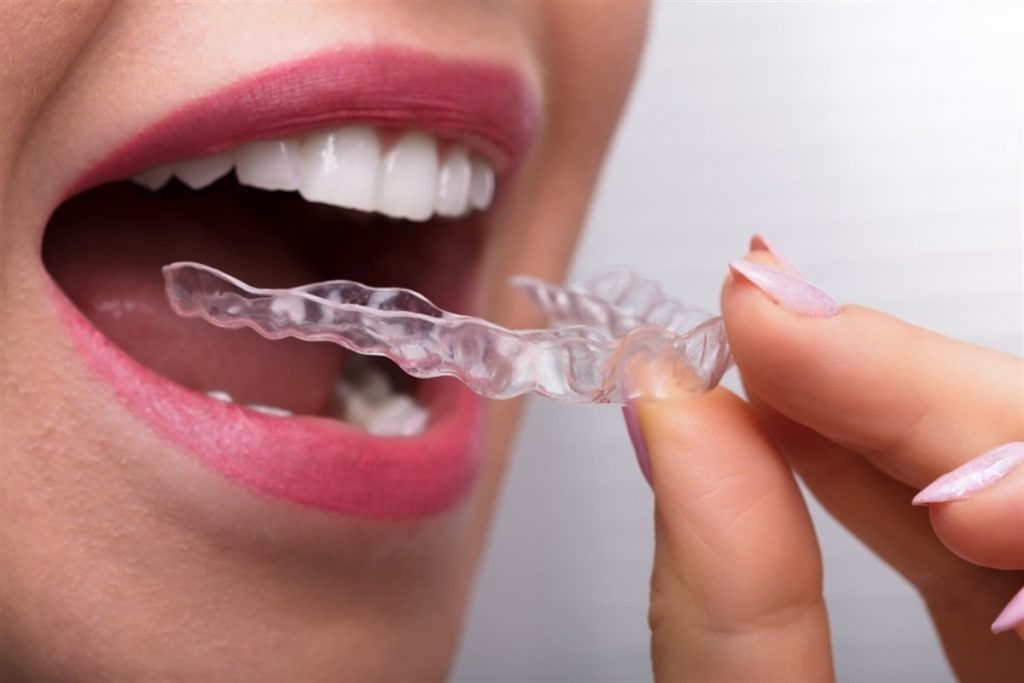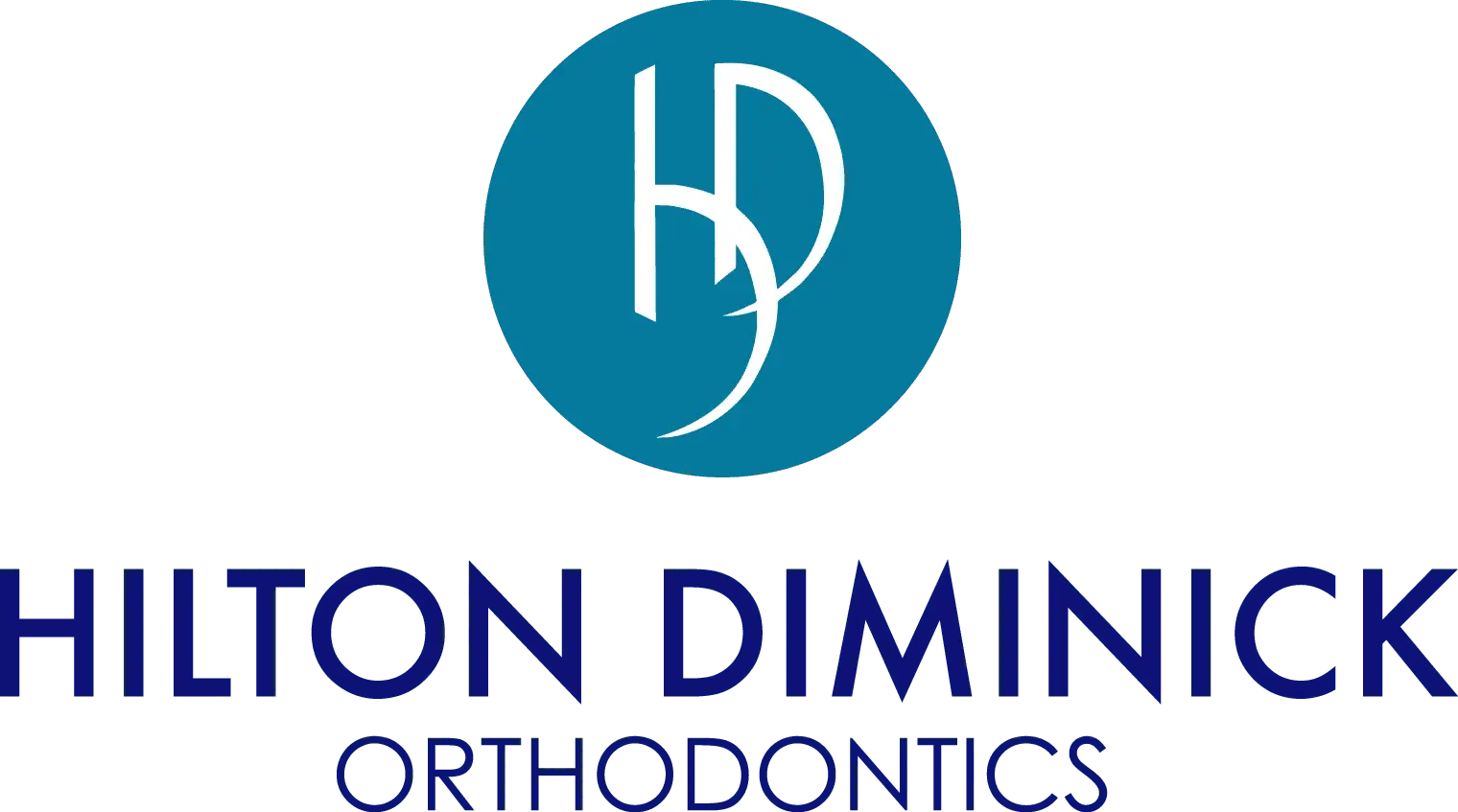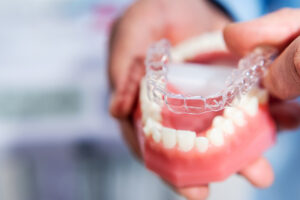
Invisalign has revolutionized orthodontics, offering a clear alternative to traditional braces. For those considering this treatment, you may be asking, “How long does Invisalign take to work?“ This is a great thing because knowing the timeline can help set realistic expectations and prepare for each step. This guide provides a detailed look at the Invisalign journey, from the initial consultation to achieving your perfect smile.
Step-by-Step Process
1. Initial Consultation and Assessment
Finding an Invisalign Provider
The first step in the Invisalign journey is selecting a qualified provider. It’s crucial to choose an experienced orthodontist or dentist who specializes in Invisalign treatments. Look for providers with positive patient reviews and credentials that show their expertise. Don’t hesitate to ask for before-and-after photos of previous patients to see the results they’ve achieved.
The First Appointment
Your first appointment is all about understanding your orthodontic needs and determining if Invisalign is the right option for you. During this visit, the provider will conduct a thorough examination, including digital scans and x-rays of your teeth. These advanced imaging techniques allow for a precise assessment of your dental structure. The provider will discuss your dental history, current issues, and what you hope to achieve with Invisalign.
Treatment Planning
Once the examination is complete, the provider will develop a personalized treatment plan. This plan outlines the steps needed to move your teeth into their desired positions. You’ll get a detailed overview of the projected timeline and what to expect at each stage of the treatment. This is also the time to ask any questions you might have about the process, costs, and care requirements.
2. Receiving Your First Aligners
Aligner Fitting
After your treatment plan is finalized, your first set of aligners will be custom-made. These aligners will be fitted to your teeth during your next visit. The fitting process is straightforward, involving minor adjustments to ensure the aligners fit comfortably. You might feel some pressure or tightness initially, which is normal as your teeth start to shift.
Usage Instructions
Your provider will give you detailed instructions on how to use and care for your aligners. Typically, you’ll need to wear them for 20–22 hours a day, removing them only for eating, drinking (except water), and oral hygiene. Proper usage is crucial for staying on track with your treatment timeline. The provider will also show you how to clean and maintain your aligners to keep them in good condition.
3. Regular Check-ins and Adjustments
Frequency of Appointments
Once you start wearing your aligners, regular check-ins with your Invisalign provider are essential. Typically, you’ll visit the office every 4-6 weeks. These appointments allow your provider to monitor your progress and make any necessary adjustments. These visits are usually brief and straightforward, ensuring that your treatment stays on track without major disruptions to your schedule.
Monitoring Progress
During each check-in, your provider will carefully assess how your teeth are moving. They’ll compare your current teeth alignment to the projected treatment plan using the digital scans taken initially. This monitoring helps to ensure that everything is progressing as expected. If there are any deviations, your provider can address them promptly. You might undergo minor adjustments or receive new sets of aligners more frequently if needed.
Receiving New Aligners
As you progress through your treatment, you’ll receive new sets of aligners periodically. Each set is designed to gradually move your teeth closer to their final position. At your check-ins, you’ll receive these new aligners and instructions on when to switch to the next set. Typically, you’ll change aligners every one to two weeks. Staying on schedule with these changes is vital for maintaining the momentum of your treatment.
4. Mid-Treatment Adjustments
Addressing Issues
As you progress through your Invisalign treatment, you might encounter some common issues, such as discomfort or aligners not fitting perfectly. It’s important to address these problems promptly by consulting your provider. Discomfort is usually mild and temporary, often subsiding as your teeth adjust to the aligners. If an aligner doesn’t fit well, your provider can make necessary adjustments or provide a new set to ensure that your treatment continues smoothly.
Potential Modifications
Sometimes, mid-treatment adjustments are necessary to keep the treatment plan effective. If your teeth aren’t moving as expected, your provider may need to modify your plan. This could involve creating new aligners or adjusting the timeline slightly. Patient compliance plays a significant role in the treatment’s success. Wearing your aligners for the recommended hours each day and following care instructions can help avoid delays and ensure the best results.
5. Final Stages of Treatment
Nearing the End
As you approach the end of your Invisalign treatment, you’ll start to see the final results taking shape. This is an exciting phase, as the progress becomes more evident and you can visualize your new smile. Your provider will closely monitor your teeth to ensure they are in their correct positions. The last few sets of aligners may require more frequent check-ins to fine-tune the final adjustments.
Refinement Aligners
In some cases, you might need refinement aligners after completing your initial sets. These aligners address any minor adjustments that still need to be made. It’s not uncommon to need a few additional weeks or months of treatment to achieve the perfect result. Your provider will determine if refinement aligners are necessary based on the alignment of your teeth at the end of the primary treatment phase.
Post-Treatment Assessment
Once your teeth are in their final positions, a comprehensive post-treatment assessment will be conducted. This assessment ensures that the desired results have been achieved and that your teeth are aligned correctly. During this appointment, your provider will also discuss the next steps to maintain your new smile, including the retention phase.
6. Retention Phase
After completing your Invisalign treatment, the retention phase begins. This phase is crucial to maintaining the results you’ve achieved. Teeth have a natural tendency to shift back to their original positions, so wearing retainers is essential to keep them in place. Your provider will emphasize the importance of this step to ensure your new smile remains intact.
Types of Retainers
There are different types of retainers available, and your provider will recommend the best option for you. The most common types include:
- Fixed Retainers: These are bonded to the back of your teeth and are not removable. They provide constant support to keep your teeth in position.
- Removable Retainers: These can be taken out for eating and cleaning. They are usually made of clear plastic, similar to Invisalign aligners, or wire and acrylic.
Each type has its benefits, and your provider will help you choose based on your lifestyle and preferences.
Maintenance of Results
Caring for your retainers is vital to their effectiveness and longevity. Your provider will give you specific instructions on how to clean and maintain them. Regular cleaning prevents the buildup of bacteria and keeps your retainers in good condition. It’s also important to follow the recommended wear schedule, usually every night, to ensure your teeth stay aligned.
During the retention phase, periodic check-ins with your provider will continue, though less frequently than during active treatment. These visits ensure that your retainers are functioning correctly and that your teeth remain in their desired positions.
FAQs About Invisalign Treatment Timeline
How long does Invisalign take to work?
The duration of Invisalign treatment varies depending on individual cases. On average, treatment takes about 12 to 18 months. However, some patients may see results in as little as six months, while others might need up to two years.
Can treatment time vary?
Yes, treatment time can vary based on several factors, including the complexity of the case, the patient’s age, and how well they adhere to wearing the aligners as prescribed. How long does Invisalign take to work for more severe cases? More complex cases involving significant movement of teeth or bite correction will generally take longer.
What factors influence the timeline?
Several factors can affect the Invisalign treatment timeline:
- Severity of Misalignment: More severe misalignment or bite issues will require longer treatment.
- Patient Compliance: Wearing aligners for the recommended 20-22 hours a day is crucial for staying on track.
- Regular Check-ins: Keeping up with scheduled appointments ensures that any issues are promptly addressed, preventing delays.
- Biological Response: Each patient’s teeth move at different rates, depending on their biological response to the treatment.
Is the treatment painful?
Invisalign treatment is generally less painful than traditional braces. Some patients may experience mild discomfort or pressure when switching to a new set of aligners, which usually subsides after a few days. Over-the-counter pain relievers can help manage any discomfort.
What if there are unexpected delays?
Unexpected delays can occur due to missed appointments, improper aligner wear, or complications that need additional adjustments. It’s essential to communicate with your provider about any issues you experience so they can adjust your treatment plan accordingly and minimize delays.
How do I handle issues with my aligners?
If you experience problems such as fit issues or damage to your aligners, contact your provider immediately. They can provide solutions such as new aligners or adjustments to ensure your treatment stays on track.
Experience Exceptional Invisalign Care
At Hilton-Diminick Orthodontics, we understand the importance of a confident, healthy smile. As your local top-rated orthodontist in Harrisburg, PA, we are dedicated to providing modern, safe, and effective orthodontic care. Our practices in Harrisburg, Camp Hill, and Carlisle, PA, utilize the latest digital technology to ensure precise and comfortable treatments.
Our experienced and friendly team strives to build lasting relationships with every patient, fostering a family-friendly atmosphere. We pledge excellence in all we do, and our goal is to help you achieve a beautiful, straight smile that you can be proud of for years to come.
Choose Hilton-Diminick Orthodontics for your Invisalign treatment and experience the difference of a generational, top-rated family practice committed to your best smile. Contact us today to schedule your consultation and take the first step towards a brighter smile.





 Camp Hill, PA
Camp Hill, PA